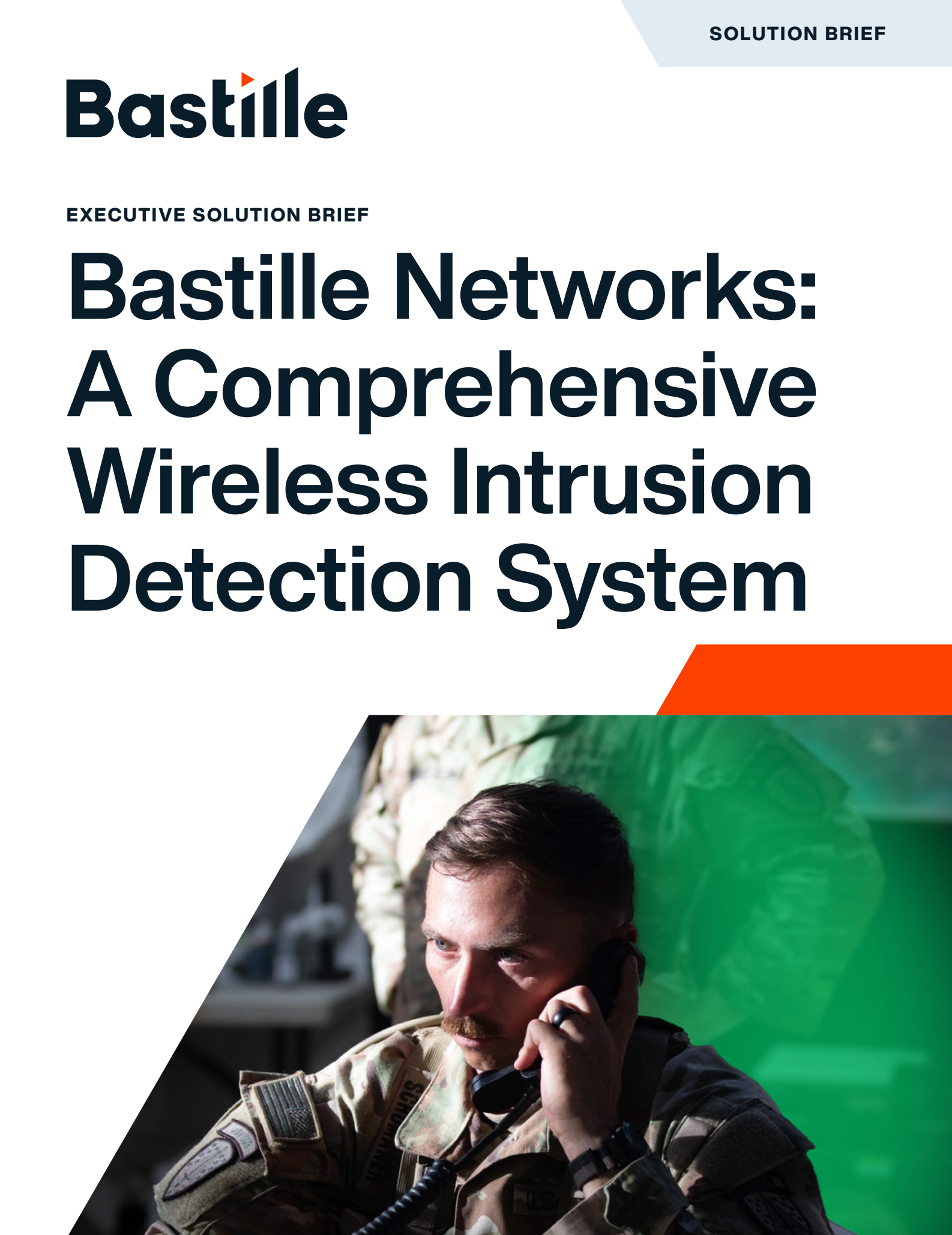TSCM – Threats
Types of Electronic Eavesdropping Devices
Electronic eavesdropping devices vary widely in complexity and functionality, ranging from simple RF bugs that transmit audio to more advanced devices that can capture and transmit video, audio, and data across various spectra. Common types include:
- Radio Frequency (RF) Transmitters: Often used for real-time audio and video surveillance. They are small, easily hidden, and can transmit data over considerable distances. RF devices are getting ever more popular as their prices fall, battery life increases to months and their ranges increase from meters to hundreds of meters.
- Cellular Bugs: Utilize mobile phone networks to transmit captured audio and data, allowing for remote eavesdropping from anywhere with network coverage. Cellular is a special category of RF transmitters because the listening post can be anywhere in the world. Cellular is used by spies much more often than in the past but it is more expensive than general RF transmitters.
- Optical Bugs: Use light waves to transmit data and require line-of-sight to operate effectively. They are harder to detect and intercept. Some optical bugs bounce lasers off of glass windows. The beam is deflected slightly when the window moves in response to voices inside and the laser receiver can detect these deflections and turn them back into voices.
- Recording Devices: These devices store data internally for later retrieval and do not emit signals continuously, making them harder to detect through traditional RF sweeps. While harder to detect while recording data, such recording devices have faded in popularity relative to RF-based surveillance because they require the attacker to recover the recording device, which presents two liabilities:
- The data they collect is not immediately actionable. An RF bug planted in a stock brokers’ conference room can reveal real-time stock trading information. A recorder will give you that information, but after the market has closed.
- The act of recovering the recording device places the attacker at increased risk of discovery. The cost to the attacker of having their surveillance device discovered is not as high as the cost of the attacker themselves being identified.
Cyber Threats
Cyber threats in TSCM focus on unauthorized access to digital systems, often through:
- Hacking: Exploiting vulnerabilities in software and hardware to gain unauthorized access to systems.
- Malware: Software designed to damage or disable computers, often used to steal, encrypt, or delete sensitive data.
- Phishing: Social engineering attacks designed to trick individuals into revealing confidential information.
Acoustic Vulnerabilities
Acoustic vulnerabilities refer to scenarios where sound travels through materials or spaces unintentionally, potentially being captured by surveillance devices. Common issues include:
- Poorly Insulated Walls and Ceilings: Allowing sound to travel easily.
- Windows and Doors: Gaps and poor seals can let sound leak outside.
- Ventilation Systems: Acting as conduits for sound between different areas of a Building.
Each of these areas presents unique challenges and requires specialized knowledge and tools to effectively secure against the evolving landscape of surveillance threats.

Acoustic Eavesdropping
Acoustic eavesdropping involves the unauthorized interception of conversations through audio surveillance devices. These can range from simple mechanical amplifiers to sophisticated digital microphones that can capture clear audio through barriers:
- Laser Microphones: Devices that use a laser beam to detect sound vibrations on glass windows.
- Contact Microphones: Can be attached to surfaces to pick up audio vibrations directly.
- Ultrasonic and Infrasonic Eavesdropping: Utilizing sound frequencies above or below the range of human hearing to covertly capture and transmit sound. To counter these threats, acoustic damping materials may be installed, and sensitive discussions can be protected using white noise generators or sound masking systems, which make it difficult for microphones to pick up clear audio.
Visual Surveillance
Visual surveillance involves the use of hidden cameras or optical devices to record video or still images. These devices can be incredibly small, making them difficult to detect, and may be hidden in everyday objects:
- Pinhole Cameras: Tiny cameras that can be embedded into walls, objects, or furnishings.
- Wireless Cameras: These cameras transmit video over Wi-Fi, making them flexible and harder to detect since they can be remotely accessed and controlled.
- Optical Surveillance: Includes devices that do not rely on electronic transmissions, such as telescopes or high-powered lenses positioned to view through windows.
Countermeasures include the regular inspection of physical spaces using simple camera lens detectors that use light sources to detect reflections off hidden camera lenses, non-linear junction detectors, and RF spectrum analyzers to detect electronic components and transmissions. Additionally, ensuring that areas where sensitive information is discussed are free from potential visual surveillance vantage points is crucial.
TSCM Detection Equipment
RF Detectors: Detecting Generic RF Exfiltration Devices
RF detectors are used to identify devices emitting radio frequencies, which are commonly used in wireless eavesdropping devices. These detectors can identify the presence of hidden cameras, microphones, and other RF transmitting devices, helping to secure a space from electronic surveillance.
Spectrum Analyzers: Detecting Irregular RF Signals
Spectrum analyzers are crucial in TSCM for identifying anomalies in the electromagnetic spectrum that could indicate the presence of covert eavesdropping devices. These devices help in detailed analysis of frequency use and spotting irregular signal patterns typical of unauthorized transmissions.
Non-linear Junction Detectors: Locating Hidden Electronics
Non-linear junction detectors (NLJDs) are specialized tools used in TSCM to detect electronics, regardless of whether the device is active or passive. They work by emitting a signal that reacts with the semiconductor components of electronic devices, indicating the presence of any electronic mechanism.
Thermal Imaging Cameras: Detecting Electronic Devices Through Heat
Signatures
Thermal imaging cameras detect heat emitted by electronic devices, making them useful in TSCM for finding hidden electronics that may be operating discreetly. These cameras can reveal the presence of devices in walls, ceilings, furniture, or other unexpected places by detecting their heat signatures.
Acoustic Analyzers: Identifying and Measuring Sound Leakage
Acoustic analyzers assess the vulnerability of a space to acoustic eavesdropping by measuring how sound travels through the environment. This equipment helps in implementing soundproofing measures and other corrective actions to mitigate the risk of audio surveillance.
Advanced Computer Forensics Tools: Analyzing Digital Data Trails
Advanced computer forensics tools are essential in cyber TSCM for analyzing digital data trails, investigating breaches, and recovering data from devices that may have been compromised. These tools enable specialists to detect unauthorized access and ensure the integrity of digital information.

TSCM Best Practices and Procedures
To effectively mitigate the threats outlined, a comprehensive set of best practices and procedures must be implemented in any TSCM operation:
Routine Sweeps
Conducting routine TSCM sweeps is essential, particularly before and/or after any sensitive meetings or events. Scheduled sweeps help maintain security and ensure that any new threats are quickly identified and mitigated.
Continuous Monitoring
Continuous monitoring of the electromagnetic spectrum and network traffic can help in detecting irregular activities and potential breaches. This involves using automated systems that alert security personnel to unusual signals or network anomalies. Technologies like Bastille enhance this process by providing advanced detection capabilities specifically for RF signals. Bastille’s real-time, continuous RF monitoring enables security teams to rapidly identify and respond to unauthorized transmissions and potential security threats, making it an integral component of a comprehensive security strategy.
Security Training
Regular training for all personnel on the latest security threats and countermeasures is vital. This includes training on recognizing the signs of surveillance, the proper handling of sensitive information, and the correct procedures to follow when a threat is suspected.
Collaboration with IT Departments
Effective TSCM requires close collaboration with IT departments to ensure that digital defenses are aligned with physical and electronic surveillance countermeasures. This integrated approach helps cover all potential entry points for surveillance threats.
Documentation and Reporting
Maintaining detailed records of all TSCM activities, findings, and remedial actions is crucial. Documentation helps in refining future TSCM strategies and provides a legal record of the steps taken to secure sensitive information.
Vendor Vetting and Secure Supply Chains
Ensuring that all TSCM equipment and components come from reputable sources and that supply chains are secure against tampering is critical. Vetting vendors and conducting regular security audits of supply chains can prevent the introduction of compromised equipment into sensitive environments.
By adhering to these best practices and continuously updating procedures in response to emerging threats, organizations can significantly enhance their resilience against both traditional and advanced surveillance techniques. These proactive measures not only protect sensitive information but also reinforce the overall security posture of the organization.
The Bastille Solution – Assisting the TSCM Mission
Bastille Solution
The Bastille solution is a combination of Sensor Arrays deployed throughout your facility with the supporting infrastructure to collect, demodulate, and store RF data.
Sensor Arrays
Bastille Sensor arrays are deployed in a grid pattern and constantly sweep a broad frequency range. Signals are collected, demodulated, and analyzed.
Fusion Center
Bastille’s Fusion Center platform is the AI/ML based intelligence engine that allows for the localization of RF signals and the detection of threats.
How Bastille Assists the TSCM Mission
- Continuous RF Monitoring
- Identification and Classification of Signals
- Advanced Bluetooth Device Detection
- Individual Cellular Device Detection
- Wi-Fi Monitoring
- Location Tracking and Data Visualization
- Historical Analysis and Threat Detection
- Integration with Security Systems
- Automated Alerts
Learn more about Bastille’s continuous TSCM solutions here: https://www.bastille.net/solutions/continuous-tscm

